5 takeaways at the quarter mark of the 2018-19 NHL season
Here are five of the most intriguing trends, storylines, and surprises from the first quarter of the 2018-19 campaign:
Smaller goalie equipment making a difference
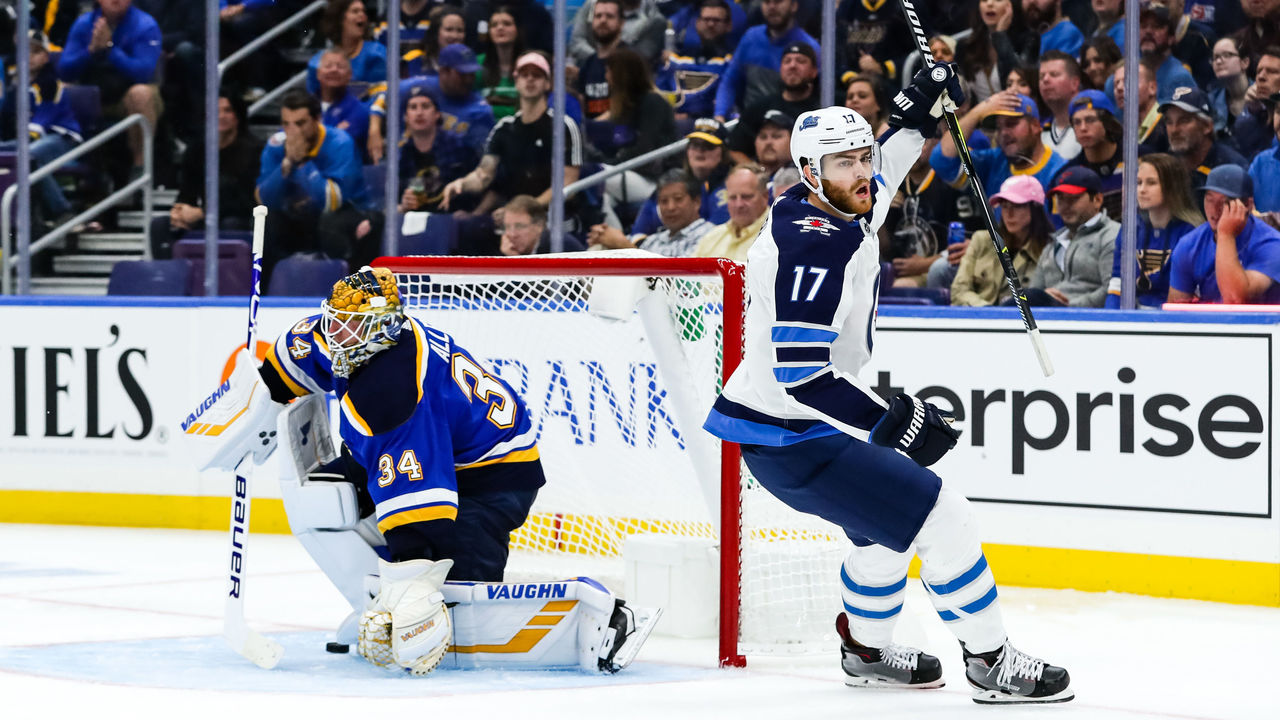
The NHL made a noticeable reduction in the size of goalie equipment this season - so much so that goaltenders around the league have voiced complaints about increased susceptibility to bruises and more serious injuries. Regardless, the smaller equipment has accomplished what the league clearly intended: more goals.
Teams have combined to score an average of 6.12 goals per game so far this season. Excluding the inflated post-lockout 2005-06 season, that mark would stand to be the highest the NHL has seen since it averaged 6.25 goals per game in 1995-96. The league's current average save percentage of .909 would also be the lowest since 2008-09's mark of .908.
There seems to be a drastic increase in short-side goals this season. Is the smaller equipment preventing goalies from effectively hugging the post? Is the reduced size punishing goalies who cheat towards the middle of the net in anticipation of centering passes? Or have shooters simply been more accurate when aiming for tight short-side windows?
4 coaches already fired, who's next?
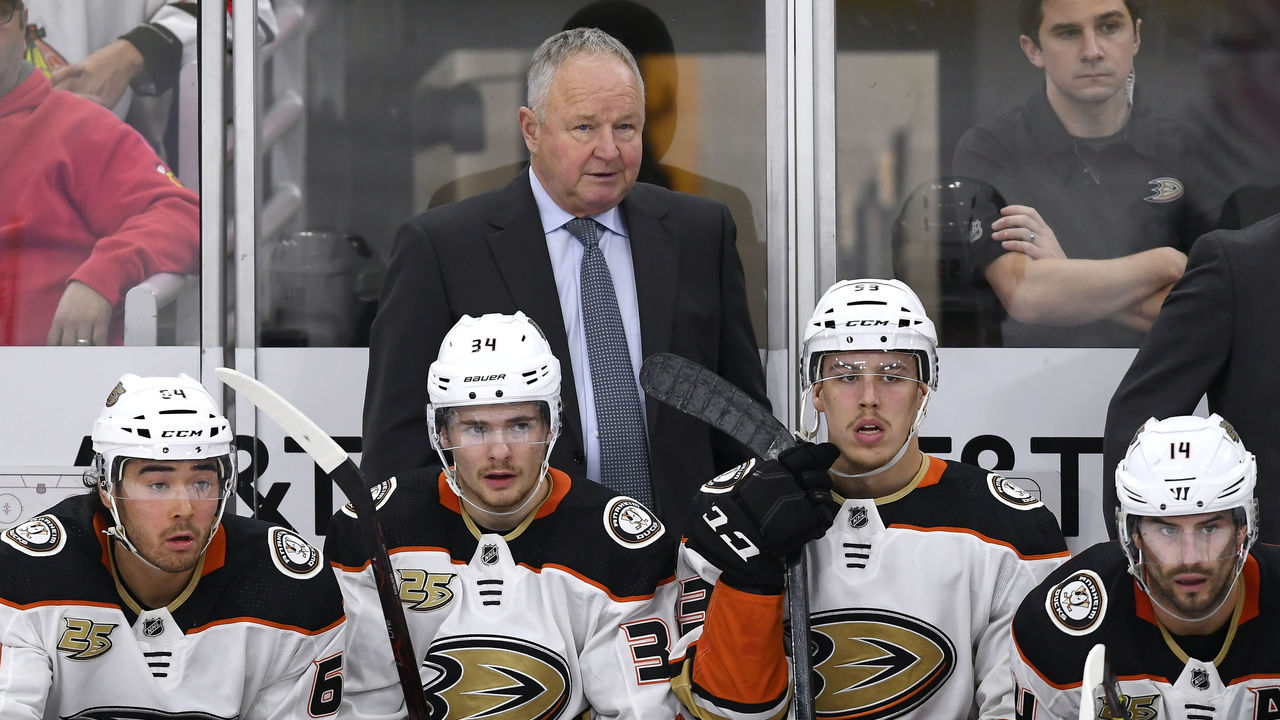
The Chicago Blackhawks' Joel Quenneville, Los Angeles Kings' John Stevens, St. Louis Blues' Mike Yeo, and Edmonton Oilers' Todd McLellan have all been fired in the first quarter of the campaign after no coaches were canned last year. The question is: how many more, if any, will be out of a job by the midway point of this season?
Randy Carlyle, whose Anaheim Ducks get outshot by an average of 10 shots per game, may be starting to feel the pressure. The Ducks are only a point out of a playoff spot but have just one regulation win in their last 15 games.
Philadelphia Flyers fans called for Dave Hakstol's job last year before the team turned a corner, and it wouldn't be surprising if the Flyers' faithful got their wish a year later. Hakstol is the fourth-longest tenured coach in the league but hasn't made it past the first round of the playoffs. Philly has been very streaky under Hakstol, due in no small part to the team's goaltending.
Defensemen scoring is way up
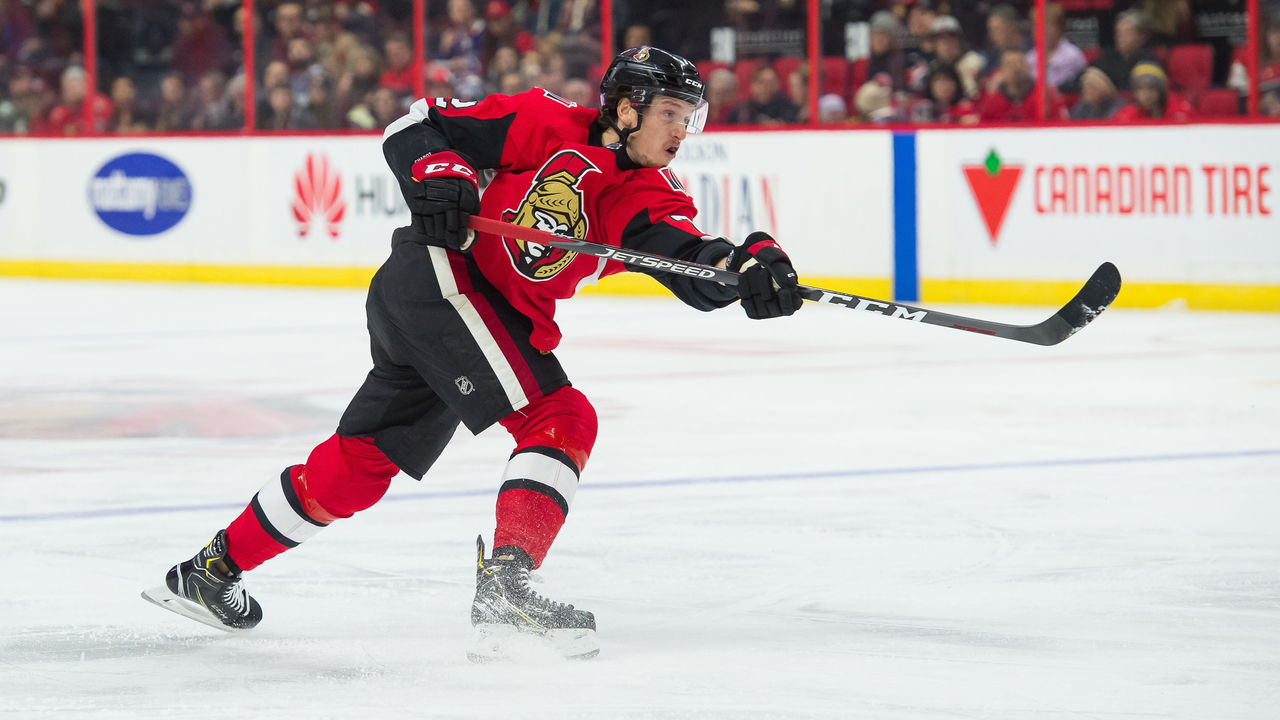
Seven defensemen are on-pace for 70-plus points this season.
| Defenseman | Current points | On-pace points |
|---|---|---|
| Morgan Rielly (TOR) | 26 | 102 |
| Thomas Chabot (OTT) | 24 | 94 |
| John Carlson (WSH) | 21 | 86 |
| Brent Burns (SJ) | 22 | 86 |
| Mark Giordano (CGY) | 20 | 78 |
| Keith Yandle (FLA) | 17 | 77 |
| Tyson Barrie (COL) | 17 | 70 |
The last time seven or more defensemen reached the 70-point mark in the same campaign was 1993-94. There were 6.48 goals per game that season and the league save percentage was .895.
It's unlikely all these blue-liners reach their on-pace totals, but it's still quite remarkable considering no rearguard had 70 points a year ago.
Defensemen are seemingly faster and more skilled with the puck than ever before. They're also encouraged to join the rush and contribute offensively, which wasn't always the case.
The best example of this may be the Ottawa Senators, who lead the NHL in goals for but also allow the most. The Sens previously played a defensive trap system but head coach Guy Boucher has activated his defense this season and it's showing - for better or worse.
Stacked lines are back
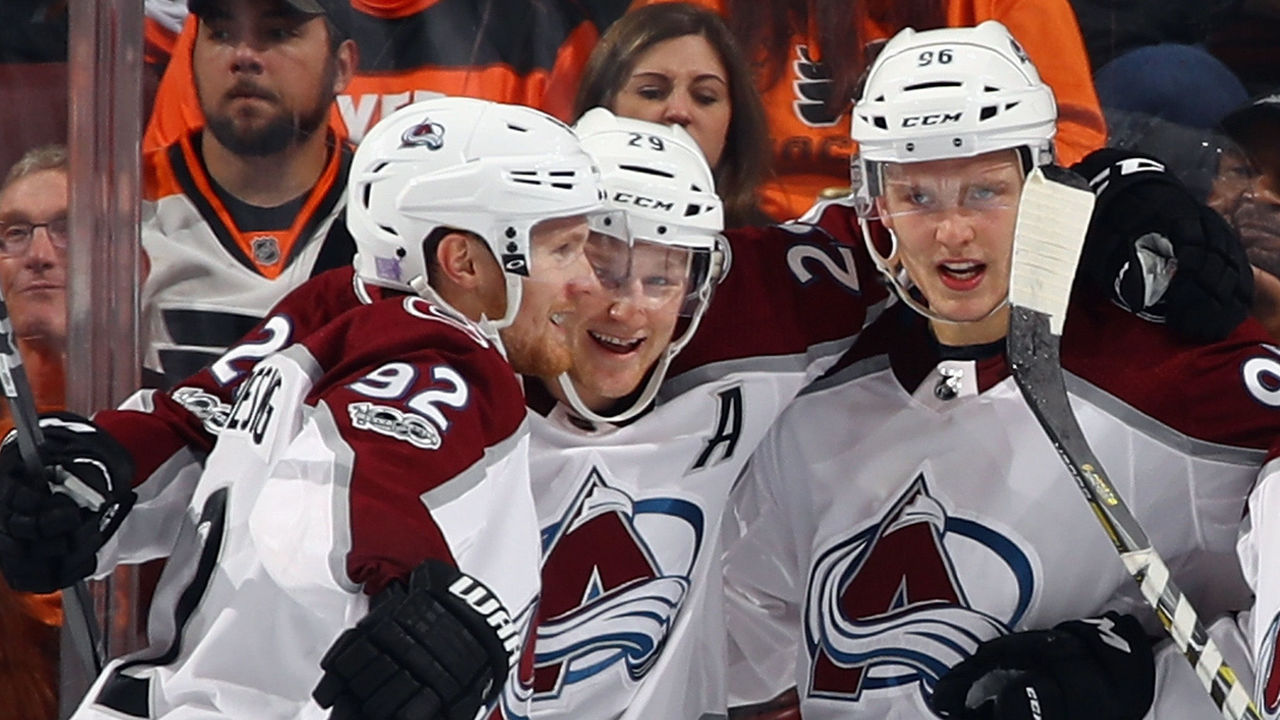
Coaches around the league no longer seem afraid of stacking their top line. Some bench bosses appeared wary of this in past years, electing to put their best players on different lines to create a balanced lineup, but that doesn't look to be a concern anymore - at least not for most coaches.
The Boston Bruins and Colorado Avalanche have arguably the two best top lines in the NHL - when healthy - and they've kept them together despite suspect bottom-nine forward groups. But these two clubs were stacking their first lines before this season began; in a copycat league, other teams have taken notice.
The Oilers recently reunited Connor McDavid and Leon Draisaitl on the top line - though who knows if newly-minted head coach Ken Hitchcock will keep it that way. Jeremy Colliton is using Jonathan Toews and Patrick Kane on the same unit in Chicago; the Dallas Stars have Jamie Benn, Tyler Seguin, and Alexander Radulov together; and Artemi Panarin and Cam Atkinson are flanking Pierre-Luc Dubois for the Columbus Blue Jackets. Even Toronto Maple Leafs head coach Mike Babcock has John Tavares and Mitch Marner together - after a very brief separation following Auston Matthews' injury.
It's difficult to quantify exactly how much offense line-stacking generates compared to a balanced attack; every team is different. But having the league's most dynamic stars playing together undoubtedly makes for great entertainment.
Parity at an all-time high
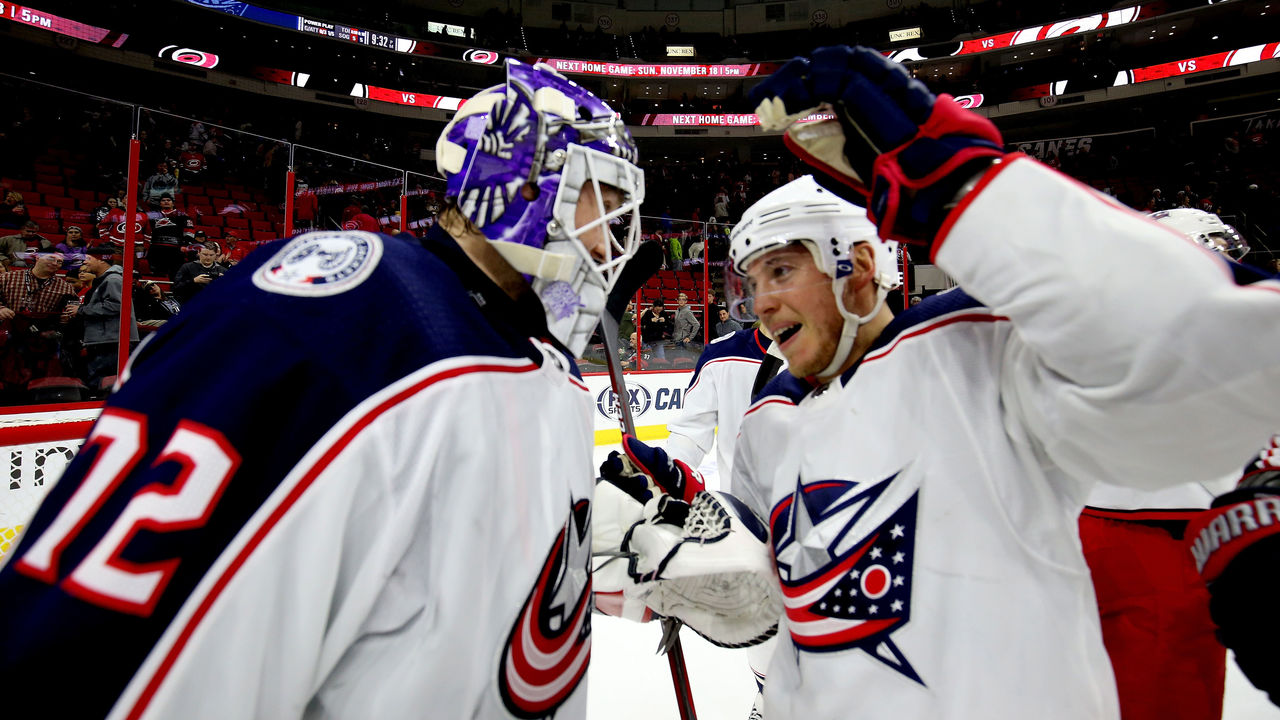
One of the best aspects of tuning into an NHL game this season is the uncertainty - it seems any team can beat any other team on any given night. The salary cap is mostly responsible but it also feels like the league's bottom half is stronger than it's ever been.
The Metro Division is arguably the best example of this parity. The first-place Blue Jackets and last-place Pittsburgh Penguins are separated by just eight points and the latter has played two fewer games. In two weeks the standings could be completely flipped - and would anyone be that stunned?
The only team in the league that seems truly hard-pressed for a turnaround is the 7-12-1 Kings, who are down to their fourth-string goalie. Every other club is seemingly still in the mix for the postseason.
HEADLINES
- Predators rally to hand reeling Maple Leafs another loss
- Report: Bergevin leaving advisor role with Kings to be Sabres' AGM
- Leafs spiraling, early Hughes impressions, more NHL hot topics
- Habs' Fowler collects 1st NHL shutout in win over Penguins
- Blackhawks' Nazar out approximately 4 weeks after puck to face